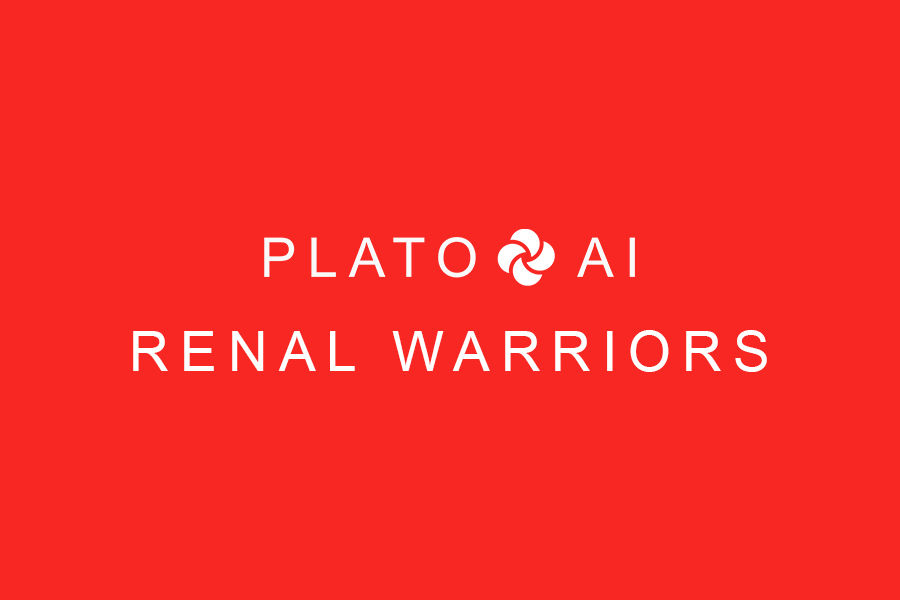Living with Type 1 Diabetes (T1D) can be a challenging and expensive condition to manage. From daily blood sugar monitoring to insulin injections, the costs can quickly add up. For many individuals with T1D, having health insurance coverage is essential to ensure they can afford the necessary medical care and supplies to effectively manage their condition.
However, what happens when there is a gap in health insurance coverage after being diagnosed with T1D? This can be a stressful and potentially dangerous situation for those living with the condition. Without insurance, the cost of insulin, blood glucose meters, test strips, and other supplies can become prohibitively expensive, leading to serious health complications.
There are several reasons why someone with T1D may experience a gap in health insurance coverage. This could be due to losing a job and therefore losing employer-sponsored health insurance, aging out of a parent’s insurance plan, or simply not being able to afford the premiums for individual coverage.
If you find yourself in this situation, it is important to take action as soon as possible to ensure you have access to the medical care and supplies you need to manage your T1D. Here are some steps you can take:
1. Explore your options for coverage: Depending on your circumstances, you may be eligible for Medicaid, COBRA coverage, or a special enrollment period through the Health Insurance Marketplace. It is important to research these options and see if you qualify for any of them.
2. Seek assistance: There are organizations and resources available to help individuals with T1D navigate the healthcare system and find affordable coverage. The American Diabetes Association and JDRF are two organizations that offer support and guidance for those living with T1D.
3. Consider alternative ways to access insulin and supplies: If you are unable to obtain insurance coverage immediately, there are programs available that provide discounted or free insulin and supplies to those in need. The Lilly Diabetes Solution Center and Novo Nordisk’s Patient Assistance Program are two examples of programs that offer assistance to individuals with T1D.
4. Prioritize your health: It is crucial to prioritize your health and well-being during this time. Make sure to monitor your blood sugar levels regularly, eat a balanced diet, exercise regularly, and seek medical attention if you experience any concerning symptoms.
In conclusion, experiencing a gap in health insurance coverage after being diagnosed with T1D can be a challenging and stressful situation. However, there are resources and options available to help you navigate this difficult time and ensure you have access to the medical care and supplies you need to effectively manage your condition. By taking proactive steps and seeking assistance, you can protect your health and well-being even in the face of insurance challenges.
- The Renal Warrior Project. Join Now
- Source: Plato Data Intelligence.
- Source: https://renal.platohealth.ai/since-your-t1d-diagnosis-have-you-ever-been-without-health-insurance/

